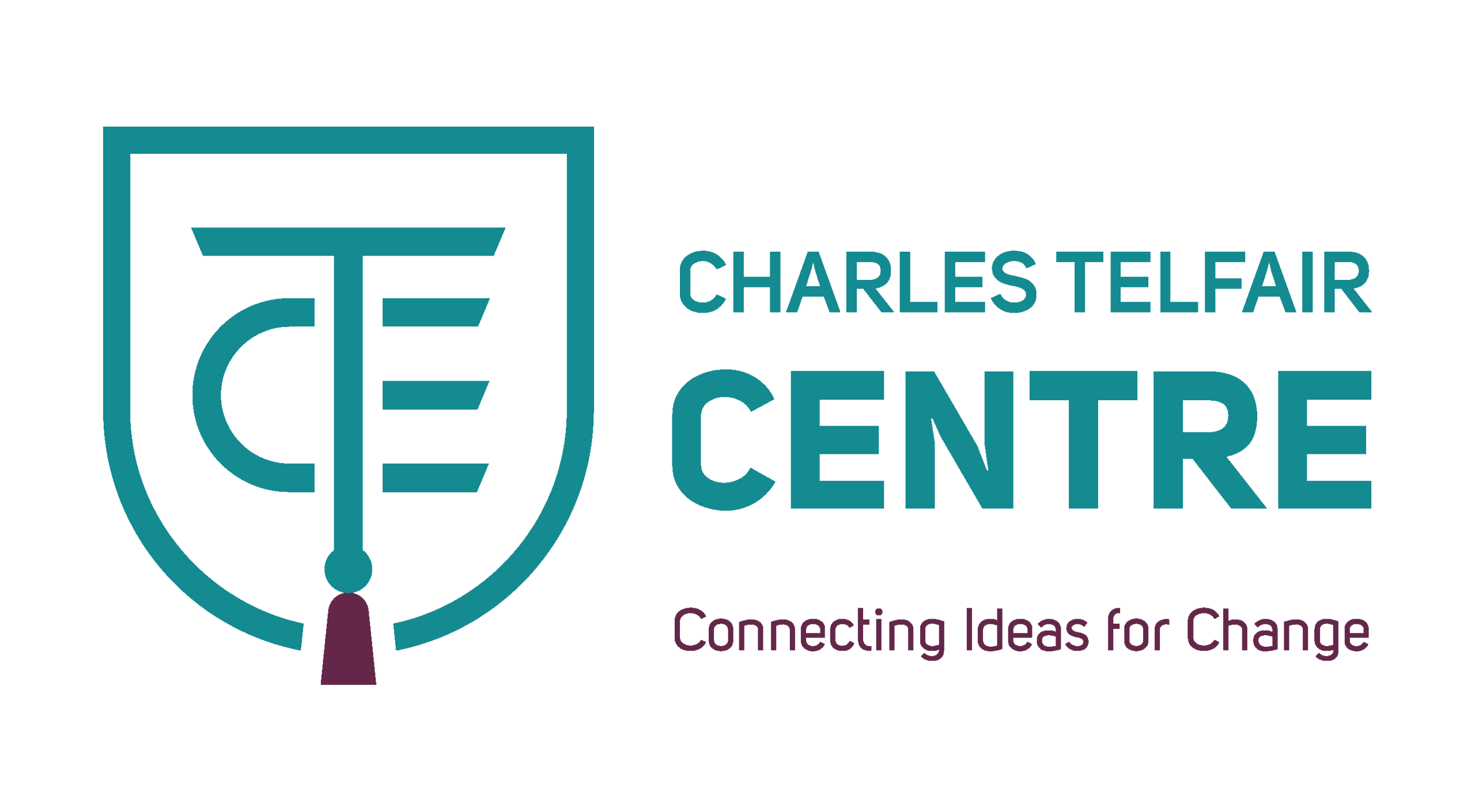Atiya Anis, Salzburg Global Fellow, former senior manager of the ‘Initiative for What Works to Advance Women and Girls in the Economy.’
NEW DELHI – “What gets measured gets done.” It is a well-worn maxim, attributed to everyone from management guru Peter Drucker to physicist Lord Kelvin. Regardless of who said it first, the point is a crucial one: if there are no data illustrating a problem or imbalance, it is unlikely to be a consideration, let alone a priority, for those in a position to address it. And solutions, if they are attempted, are unlikely to be well targeted or efficient. This is certainly the case for gender equality.
One might assume that, in today’s world of information overload, policymakers have ample data with which to diagnose problems, devise innovative solutions, monitor implementation, and adjust policies to maximize their impact. But even in an age of big data, policymakers often lack accurate, consistent, timely, and representative information. As a result, they are working with an incomplete picture of socioeconomic conditions.
For example, data show that female labor-force participation in India has been declining since 2005. Reversing this trend, and achieving gender equality, could add $770 billion to India’s GDP by 2025, according to McKinsey Global Institute. But effective solutions would need to be informed by comprehensive data that capture the complex relationship between women’s labor-force participation and various social, political, and economic forces, and they would need to link gender equality to broader development outcomes.
In any effort to boost gender equality, both sex-disaggregated data and reporting on issues that primarily affect women and girls are crucial. Consider gender-based violence: according to the World Bank, one in three girls or women aged 15-49 has experienced physical and/or sexual violence.
As Data2x has documented, the collection of data on violence against boys and girls in Tanzania led to effective government interventions, which brought about long-term, multisectoral change. Similarly, the World Bank reports that Vietnam used data from demographic and health surveys to boost protections for women and girls, such as by adopting legislation banning domestic violence.
Beyond informing policy, the data sparked debate in Vietnam about gender-based violence, leading to the creation of the National Strategy on Gender Equality. Women facing violence in their homes now have greater access to counseling, health, legal, and shelter services.
But producing comprehensive data is no easy feat. Any tiny statistical error or hint of measurement bias, at any stage of collection and production, can render data unrepresentative, as can prejudice by respondents, who are often primarily men.
Before the COVID-19 crisis, the world broadly adopted the most representative method for collecting household data: surveys. But the pandemic forced a shift toward phone-based surveys, which are less likely to represent women and other groups with reduced access to mobile phones. Weak leadership, a lack of political will, and poor resource allocation have been mentioned as crucial impediments to the collection of sex-disaggregated statistics.
One way to overcome these constraints is to improve the integration of data at the national, regional, and international levels. Moreover, more effort must be devoted to enhancing the capacity of women to contribute and use data. Increased female leadership within open-data organizations can help spur progress toward new, more inclusive approaches to data collection.
Such efforts should, of course, be guided by existing best practices. Norway, for example, has been publishing national gender-equity indicators – including gender distribution in total income, the workforce, business, the public sector, education, and leadership – since 2008. Sweden, for its part, requires that all public agencies present sex-disaggregated statistics in their annual reports. These are models worth emulating.
Engagement by civil-society and multilateral organizations can also make a big difference. As part of its Strengthening Gender Statistics project, the World Bank – with support from the Bill & Melinda Gates Foundation – is already providing technical assistance to 12 International Development Association countries, in order to improve the scope and quality of their gender-related statistics. Replicating and expanding this initiative can go a long way toward enabling governments to make evidence-based policy decisions that improve the lives and livelihoods of their citizens.
To be sure, data collection and analysis are just the beginning. Improved dissemination and uptake of gender-related data for policymaking is also needed. Defining useful and consistent indicators is crucial, because it enables comparison across regions and assessment of progress over time.
Finally, the role of data in bolstering accountability and improving governance must not be overlooked. Just as high-quality, timely, and comprehensive data enable us to devise targeted policies and allocate resources more efficiently, they also enable us to measure those policies’ impact – and the government’s performance.
Improving data collection will require some investment. But, by enabling more efficient, better tailored, and more cost-effective policies, that investment will ultimately ease the strain on government budgets. And, as countries make progress toward gender equality, the social, economic, and development benefits will continue to multiply.
Copyright: Project Syndicate, 2023.
www.project-syndicate.org
Main photo by fauxels on Pexels.
Charles Telfair Centre is an independent nonpartisan not for profit organisation and does not take specific positions. All views, positions, and conclusions expressed in our publications are solely those of the author(s).

